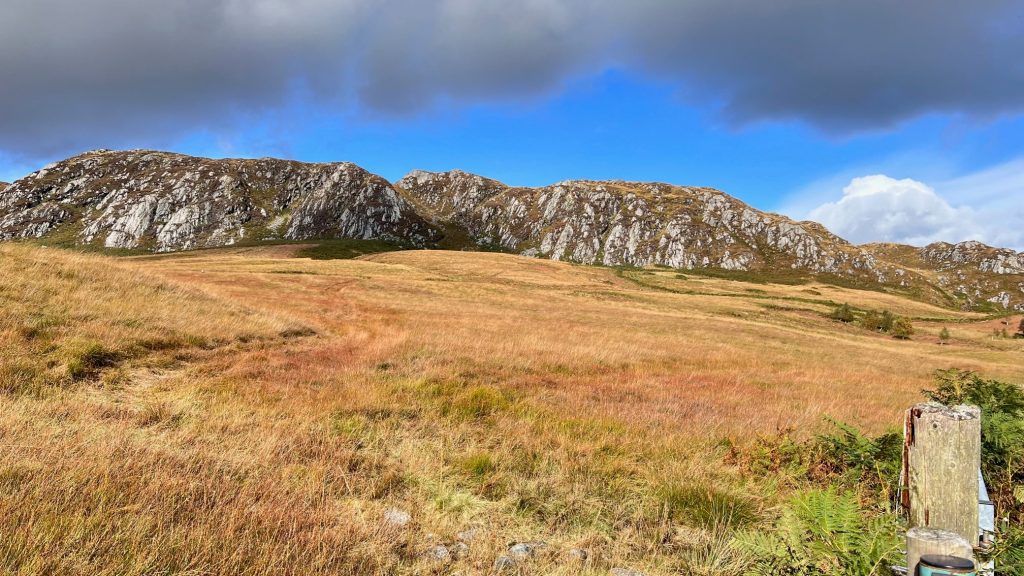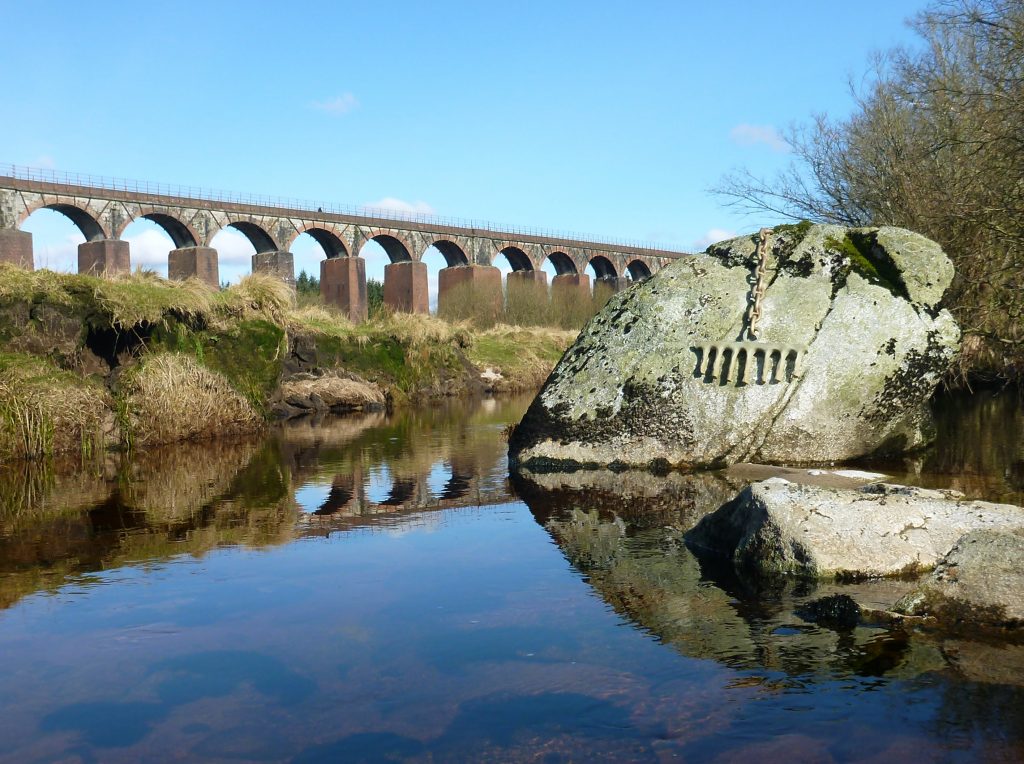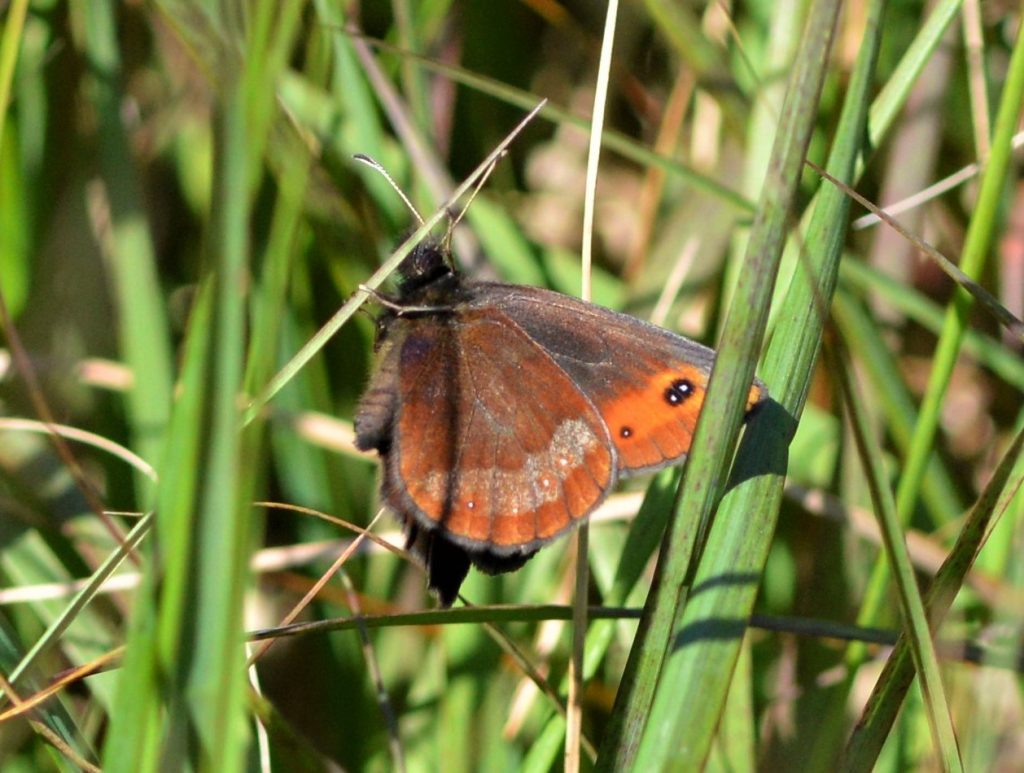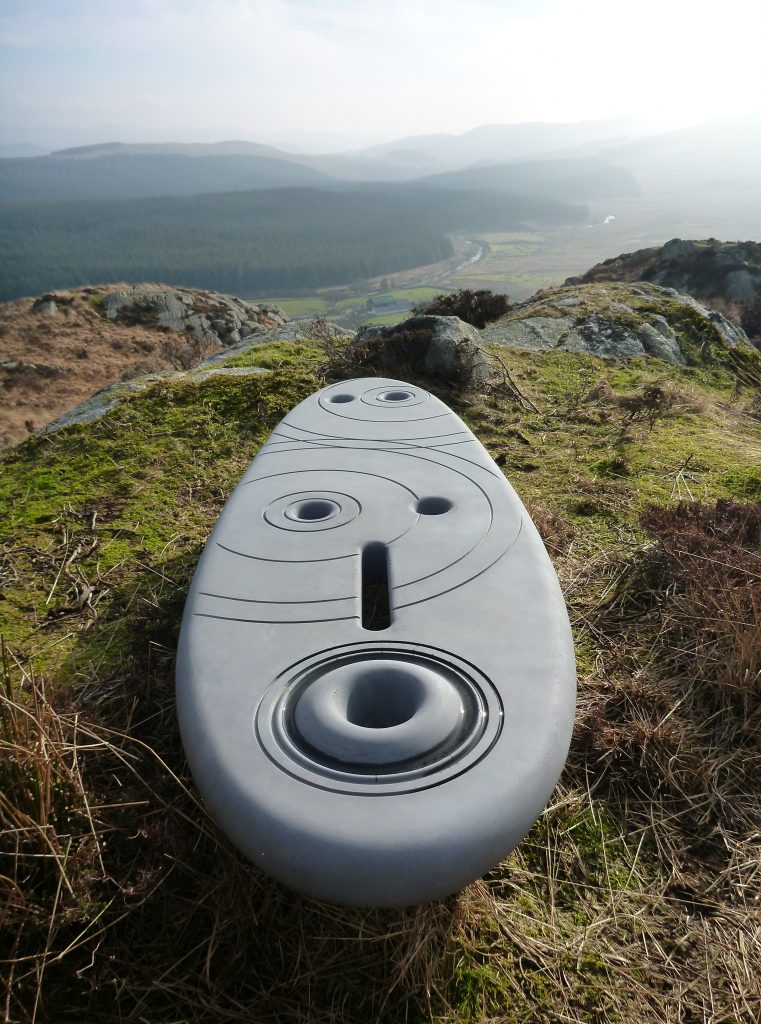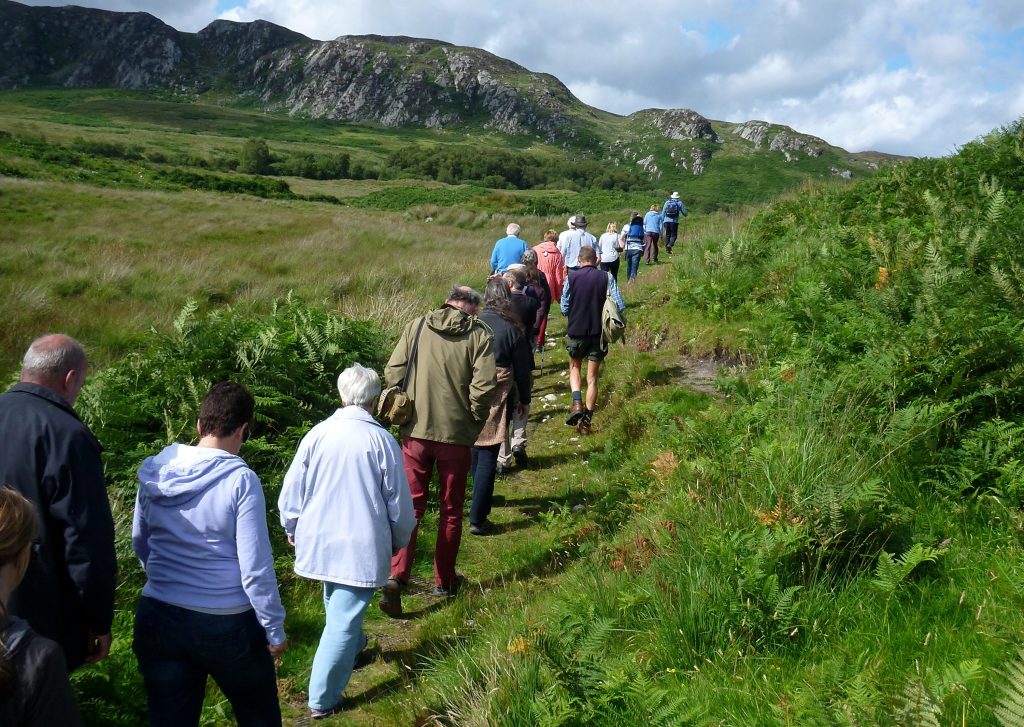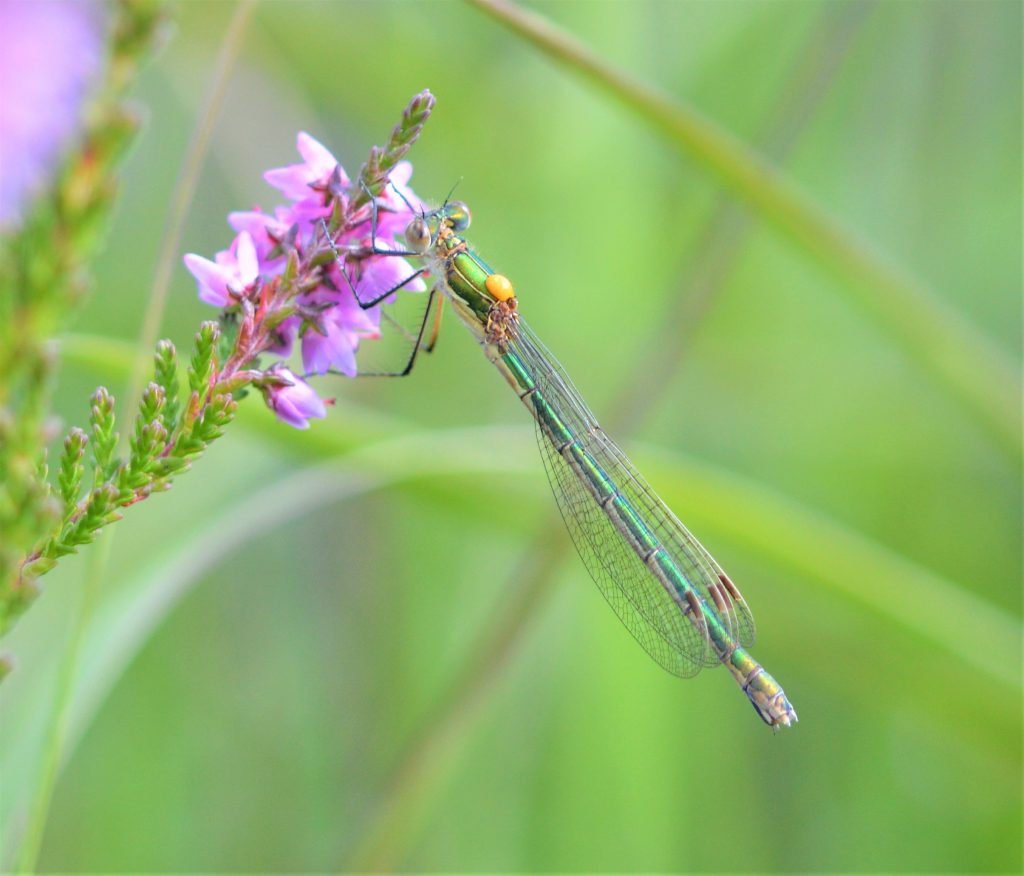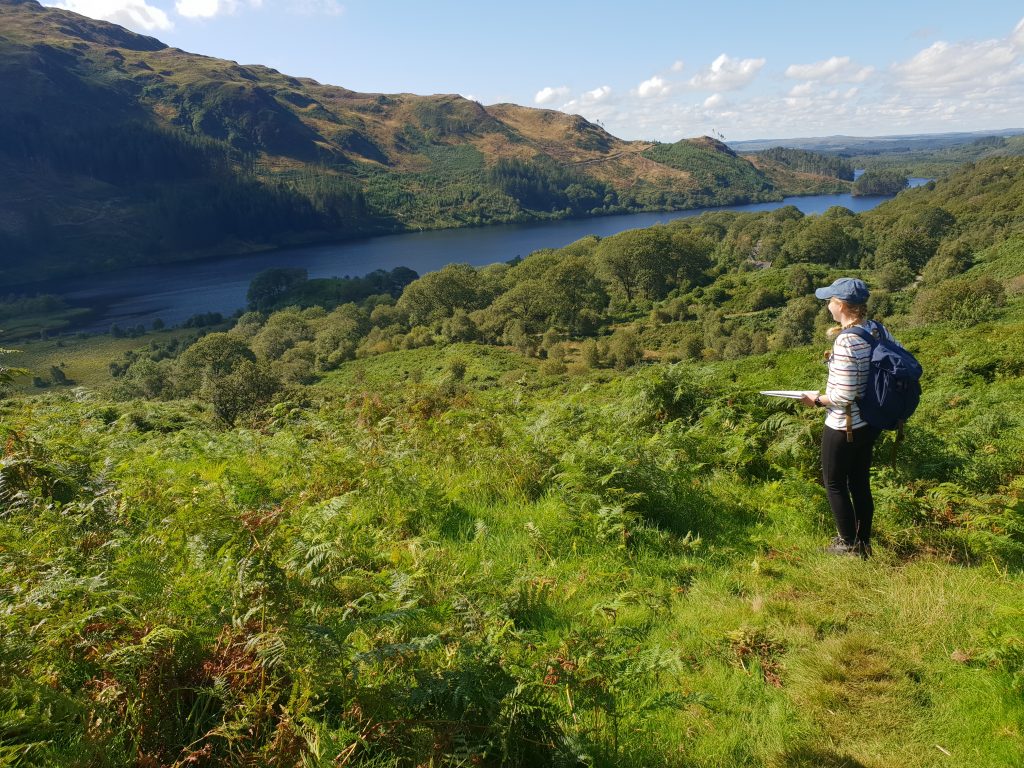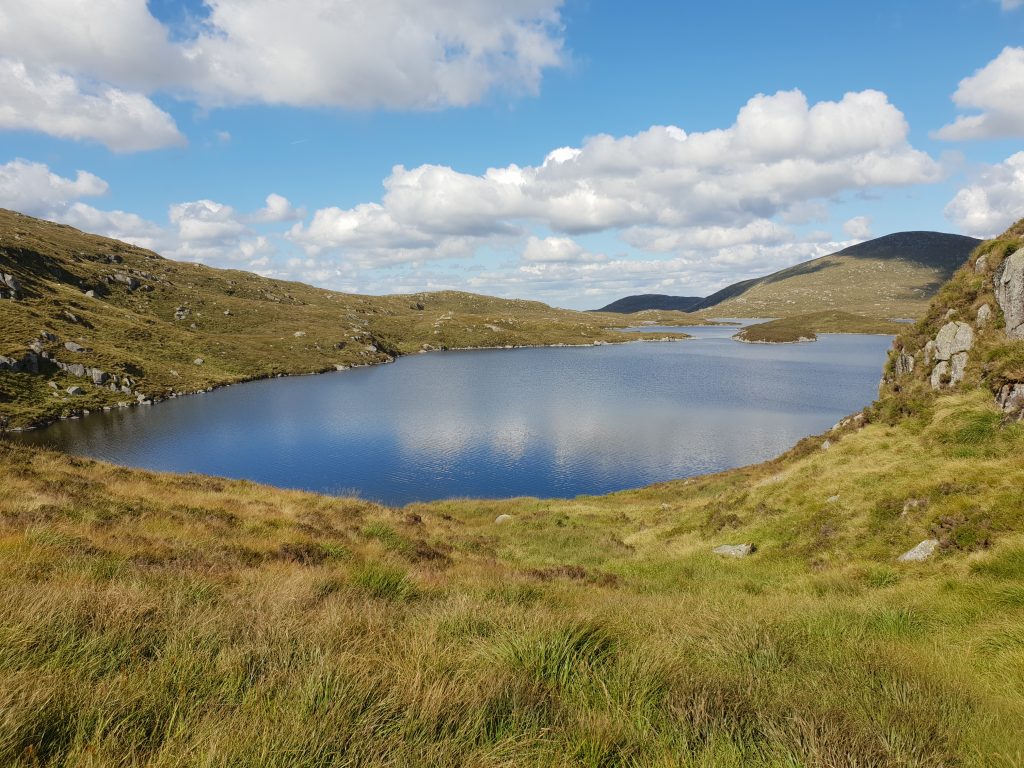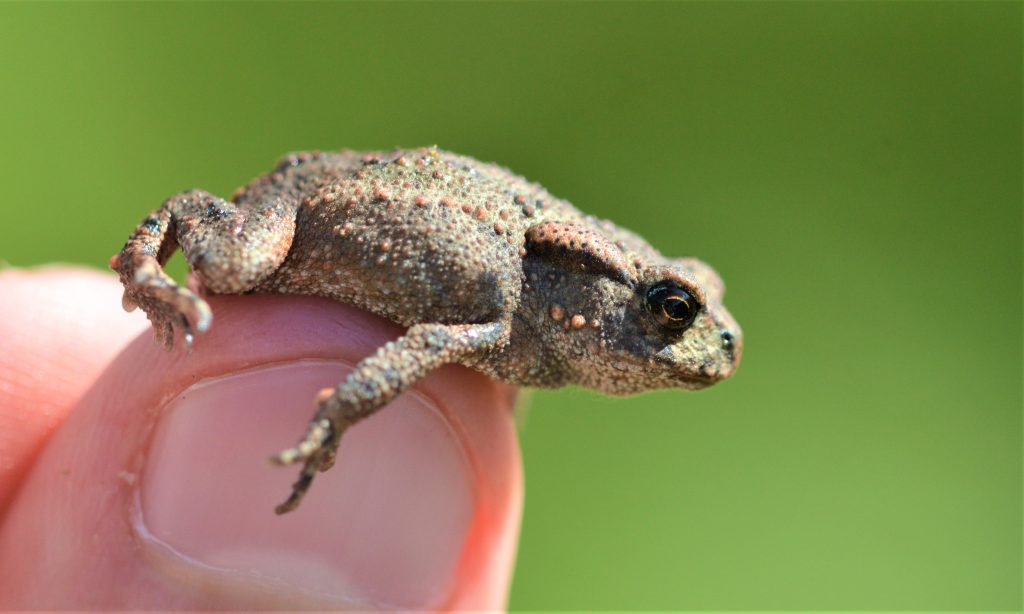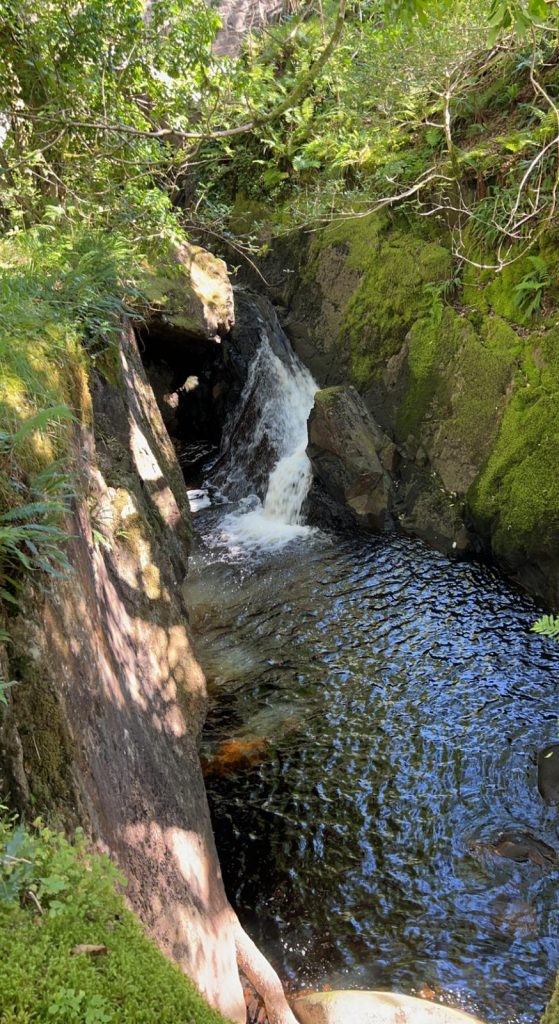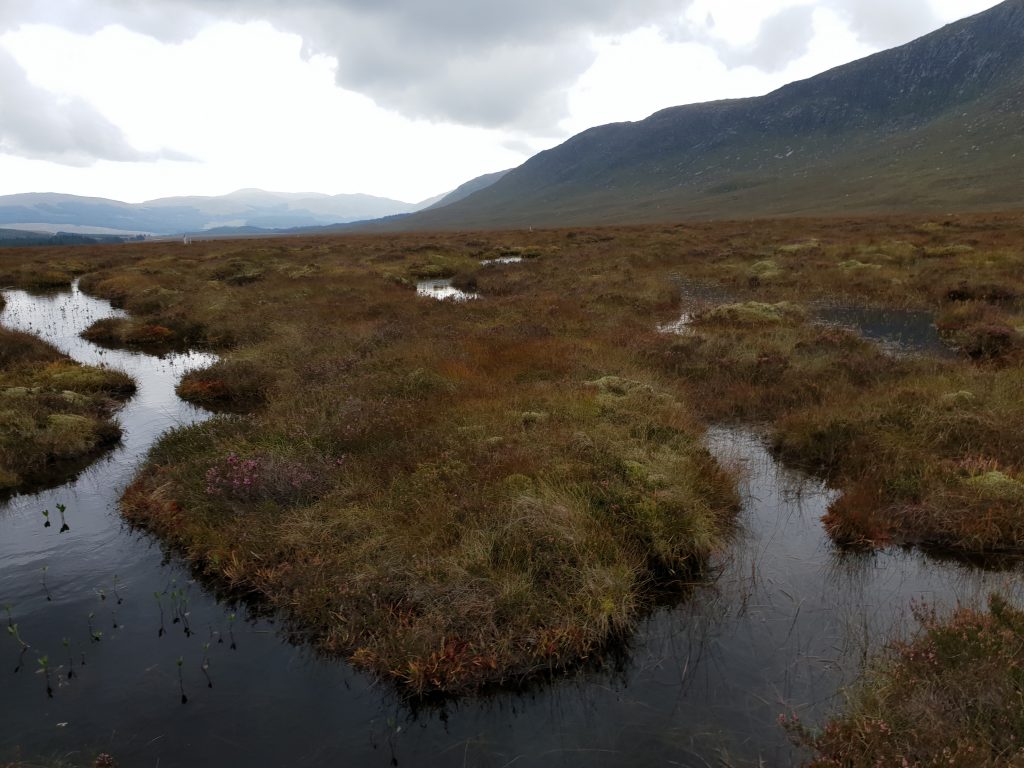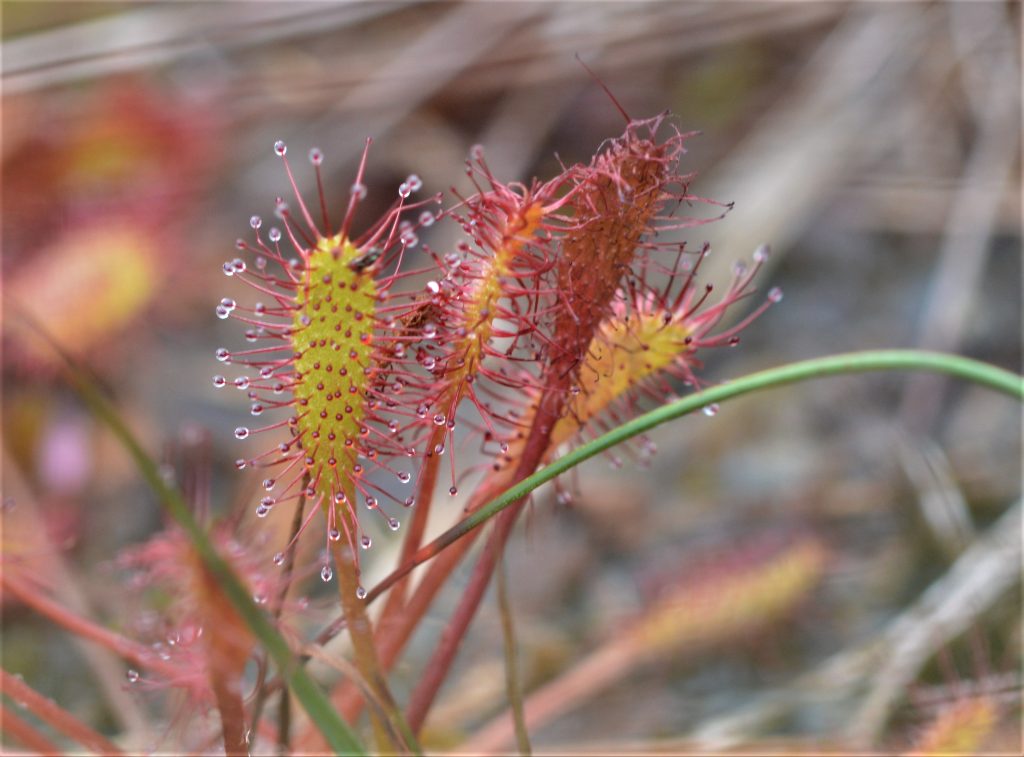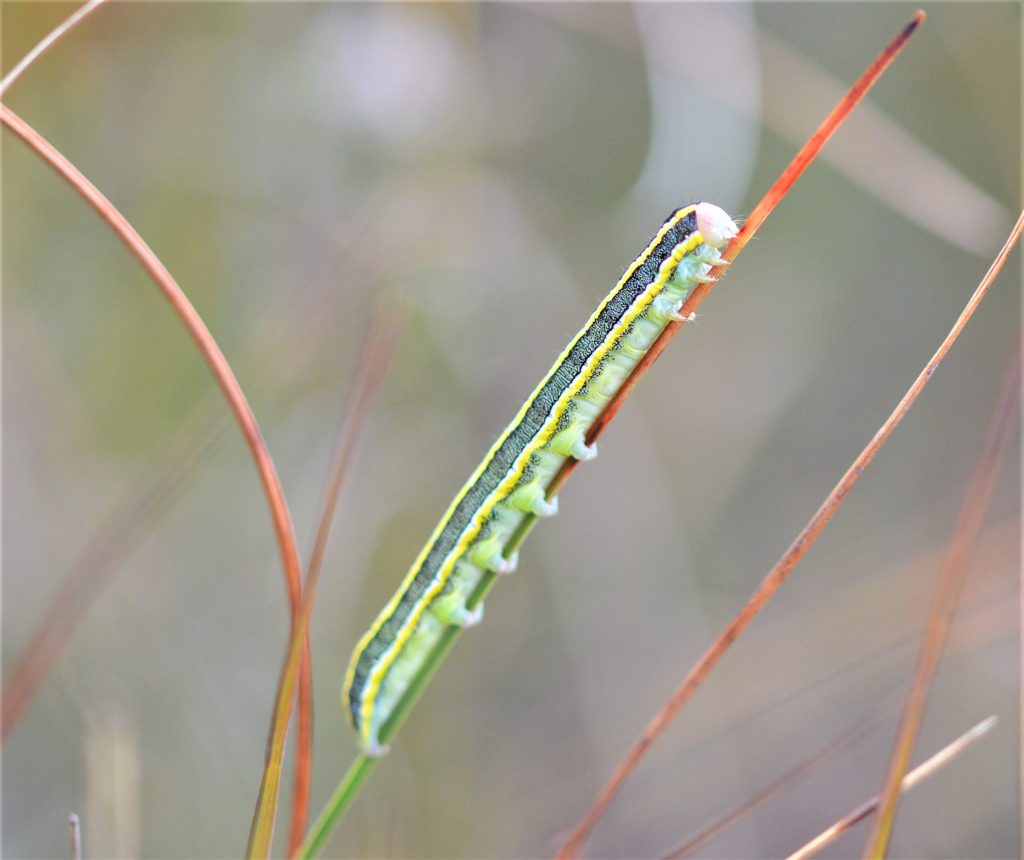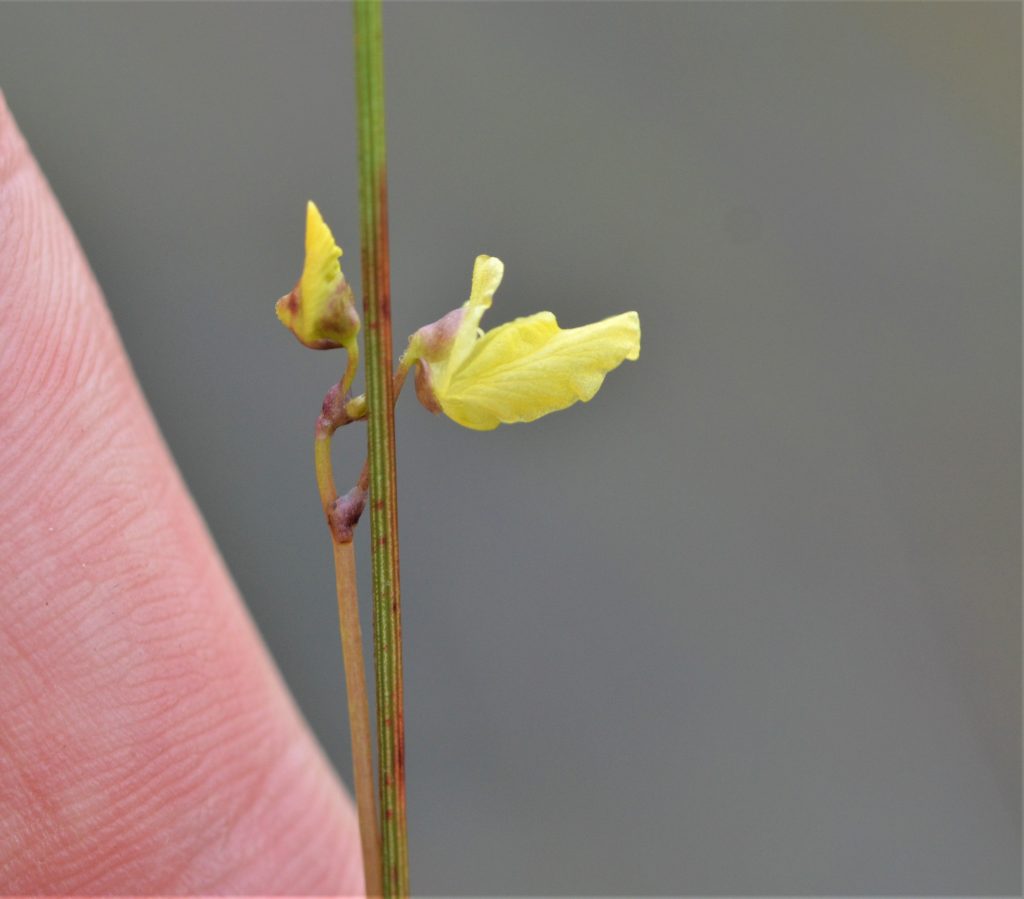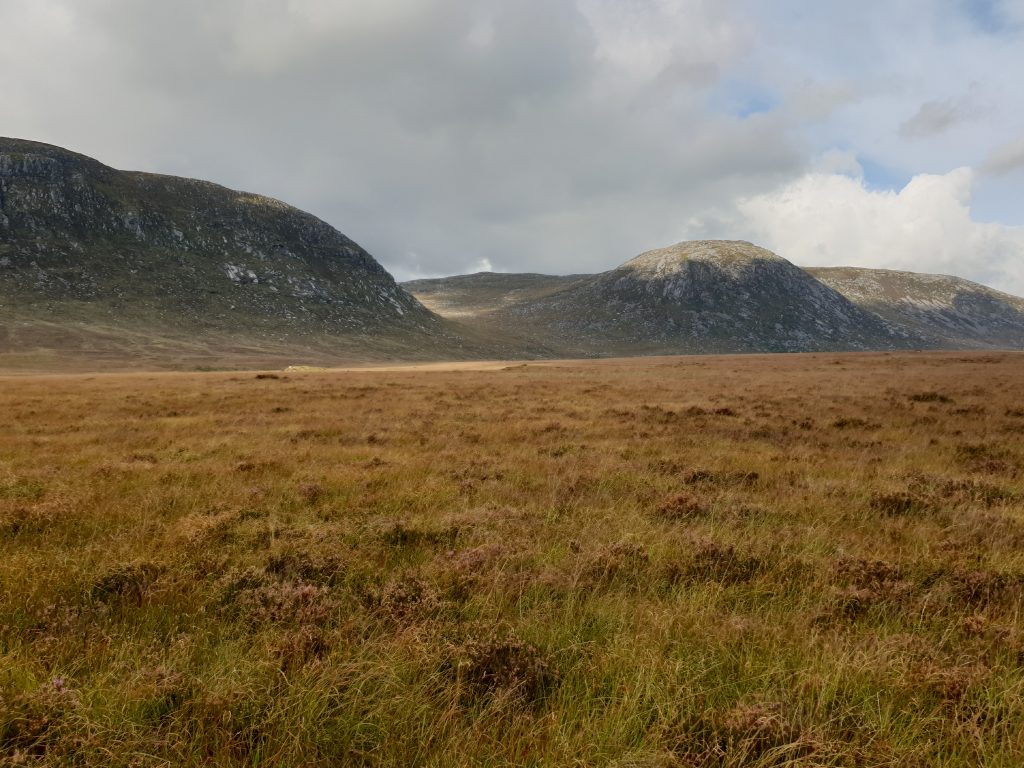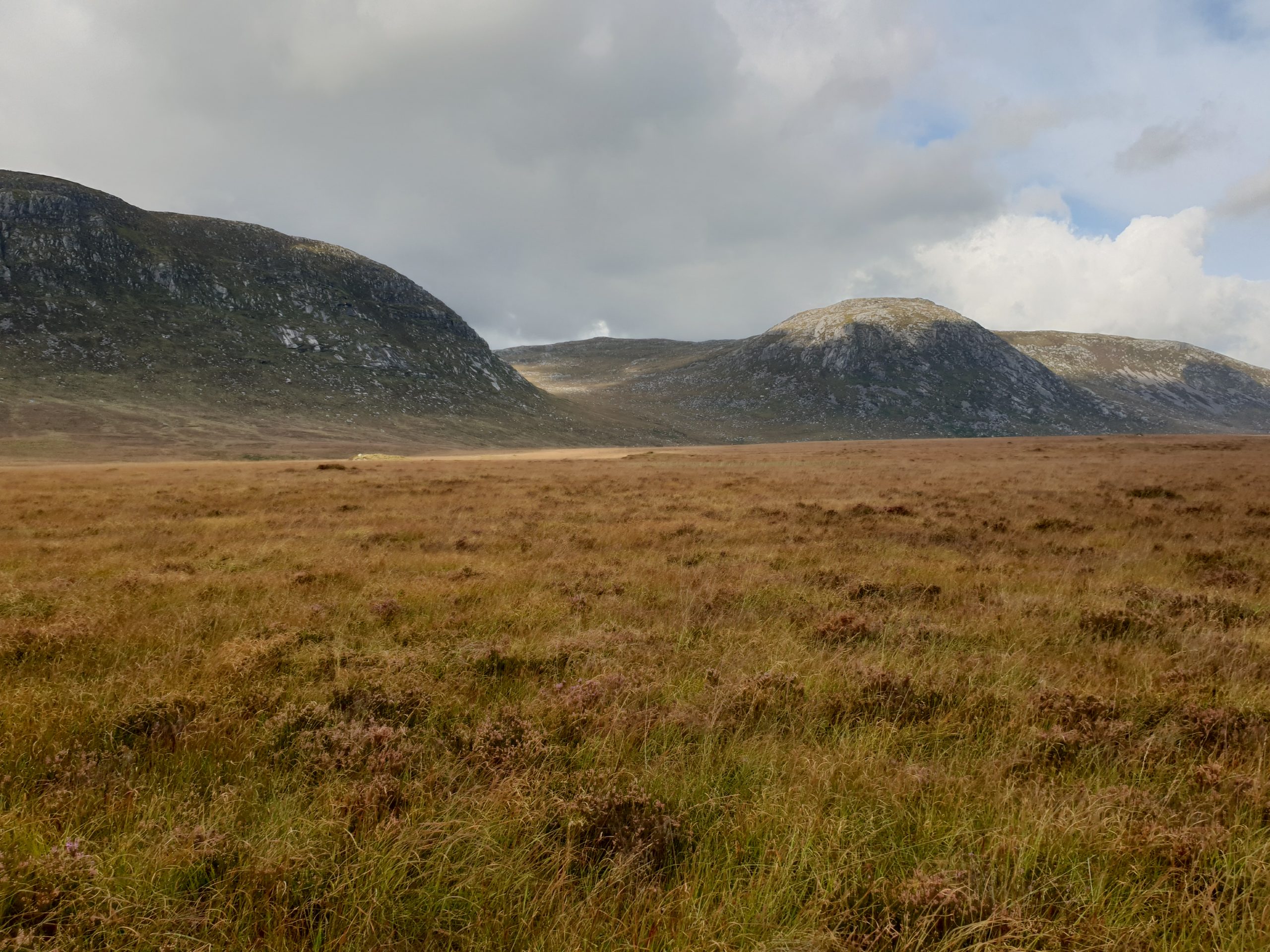
The Heart of the Biosphere
The UNESCO Biosphere designation recognises outstanding environments for people and nature. The Galloway & Southern Ayrshire Biosphere is built around internationally important ‘Core’ areas – the Merrick-Kells, including Silver Flowe, and Cairnsmore of Fleet National Nature Reserve (NNR). Our boundary includes 7 river catchments, 110 Sites of Special Scientific Interest and 22 European Designated sites. You will also find nature reserves, National Scenic Areas and your own favourite spots for relaxation and recreation.
Below you’ll find information about the heart of the Biosphere, the best places to visit and the wildlife you might see. We hope you will explore parts of it for yourself as seeing these places in person offers the best way to experience their beauty.
Cairnsmore of Fleet
Cairnsmore of Fleet National Nature Reserve is one of the largest unforested uplands in Galloway. Climb the Clints of Dromore and watch ravens, peregrines and even the infamous golden eagle soar through the air. Keep a keen eye open for the enigmatic red grouse, mountain hare and Scotch argus butterfly which are well camouflaged in the upland grasses. The site is a botanist’s utopia, home to several locally rare upland plants including pale butterwort, bog rosemary, western gorse, mossy saxifrage and petty whin.
Although remote it is surprisingly accessible with a network of well-defined paths around the visitor centre, suitable for everyone. Look out for the 5 artistic sculptures by Matt Baker and some of the Rosnes Benches which can be found on the Clints of Dromore. The Big Water of Fleet Viaduct towers over the reserve, this industrial marvel shows the historic links between Stranraer, Dumfries and further afield as the trainline used to run E-W through the hills. National Cycle Route 7 now travels part of that same route through Cairnsmore meaning you can see it by bike or on foot. The visitor centre is open year-round and provides information on the heritage, biodiversity and geology you may see, giving you a taste of what makes Cairnsmore so special.
If you’re interested in what a day at Cairnsmore might be like, read about our team’s visit in summer 2022 here.
The Merrick
Climbing the Merrick takes you to the highest point in southern Scotland, with its summit at 843m. Nationally recognised for the rare upland wildlife it supports, this vast moorland landscape is recognised as one of only two ‘wild land areas’ in southern Scotland. Paths loop around lochs and follow babbling burns, with ravens croaking overhead and buzzards spiralling in the thermal winds. Peregrines nest on the glacial landscapes finding cracks and crevices in the granite to raise their young. Red grouse huddle into the heather and short-eared owls hunt silently, swooping low to find their prey.
The area is a known to support golden eagles, but you’d be lucky to see one on any given day. You will come across dazzling dragonflies darting across freshwater lochs. Common hawkers and black darters fight for territory on the banks of Loch Enoch with ‘Granny-mooley’ caterpillars to be seen on the heather and grass. It is easy to forget that this region was once covered with thick ice which has carved out the mountains and lochans we see today. Occasional diving birds will be swimming low in the waters around the Merrick, while mountain hares hunker down in the heather, turning white in the winter to blend into the snowy surroundings.
Walking at the foot of the Merrick or up in the hills bring visitors a true appreciation for the scale of the Biosphere with much opportunity to enjoy the wildlife it supports. We wrote an account of one of our team’s hikes up the Merrick which you can read by clicking here.
Silver Flowe
Silver Flowe is the most remote part of the Biosphere. Nestled in the glens, in the shadow of the Merrick and Dungeon Hill, it sits low and flat in the landscape. This is a blanket bog made of deep peat soils, secret sinkholes and treacherous bog pools. It is internationally important and has been protected as a Site of Special Scientific Interest, as a Special Area of Conservation and under the RAMSAR convention – all for the intrinsic value of the habitats and species it supports. It is home to the greater sundew, a carnivorous plant which surrounds the bog pools, as well as the azure hawker dragonfly which is at its southernmost limit here in the Biosphere. There are no paths through the bog and it takes hours to hike there, but its remoteness and lack of human presence makes this a perfect place for wading birds to shelter and for peregrines and eagles to hunt. Silver Flowe is surrounded by granite peaks which funnel water into the bog and glow silver in the sunshine. Visiting this location gives you a sense of how small we are in our landscapes, and how beautiful they are for it – however it is not for inexperienced walkers to navigate and we urge caution to anyone considering walking at Silver Flowe. Our own account of what a visit is like is here.

